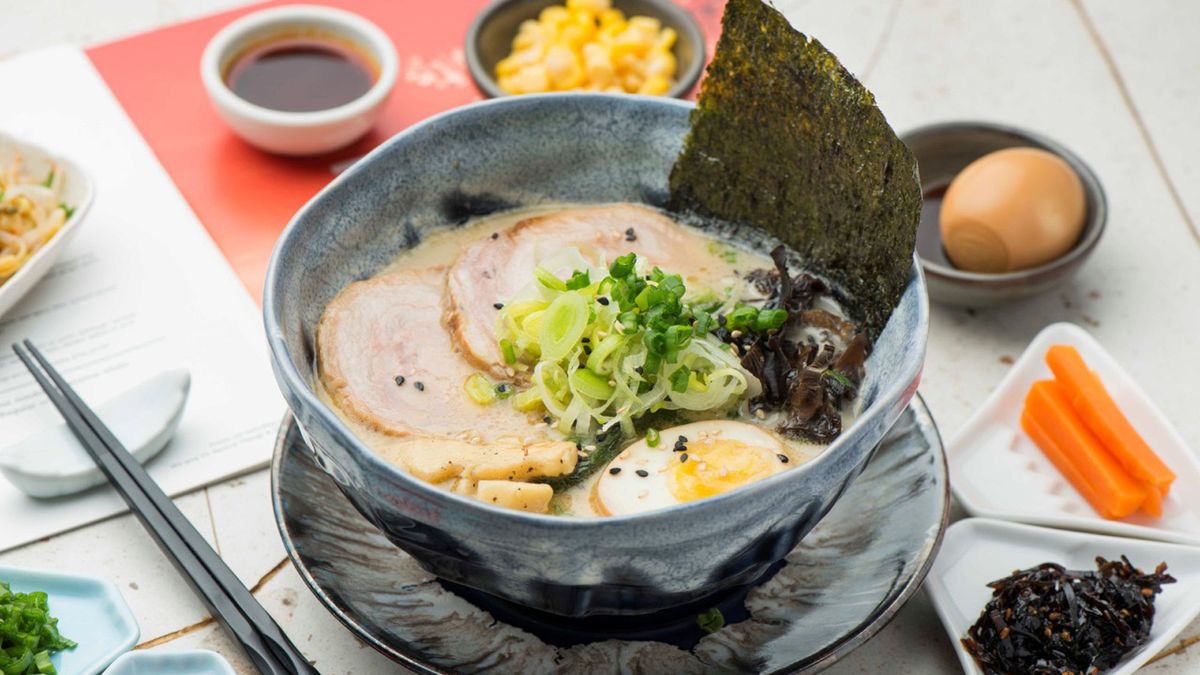The well-heeled global traveller has a greater appreciation for diverse international cuisines , especially when it comes to fare coming from the furthest corners of Asia. Add to that, the perception of Japanese food being healthy and fresh, and this East Asian cuisine has become more popular now than ever before.
Flavour fix
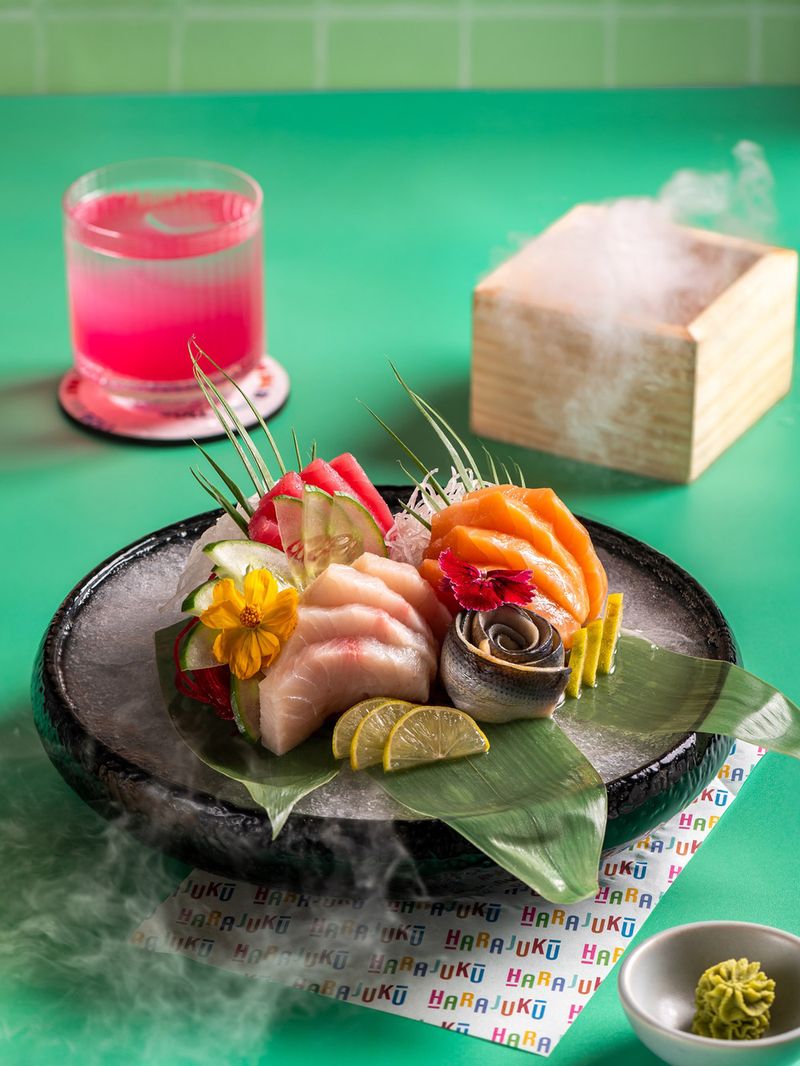
The availability of authentic ingredients and the culinary craftsmanship of Japanese chefs in India have also played a significant role in fostering a growing interest in the cuisine. With its unique combination of flavours, a strong emphasis on fresh and high-quality ingredients, and a focus on presentation—there is a clear distinction that makes Japanese food stand apart and be appreciated. Sushi, sashimi, ramen, and other dishes are not only delicious but also visually appealing. “The cultural aspects, such as the art of sushi-making and traditional dining rituals like teppanyaki, have also intrigued and captivated food enthusiasts,” says Gaurav Kanwar, Founder, Harajuku Tokyo Cafe. “The menu at Harajuku Tokyo Cafe explores so much beyond the regular sushi, sashimi, nigiri, and ramen. We also have very interesting street food and a bakery which we have now introduced in India for the first time and this has been very well received by our Indian guests at the café,” he adds.
Striking a balance
Japanese restaurants in India often strike a balance between preserving the authenticity of the original recipes and accommodating local tastes. While many traditional Japanese dishes are faithfully prepared, some establishments may offer variations or fusion dishes to cater to the Indian palate. The perception of Japanese cuisine has changed, and it is no longer limited to high-end sushi served in five-star hotels. The popularity of modern Japanese cuisine and the introduction of vegetarian options have made it more accessible and appealing to the Indian palate. “In other countries, Japanese food has already become commonplace; but it all started because Japanese food is very healthy. Indian food is originally healthy, so I think Japanese food will expand more in this respect,” remarks Okada, executive chef, Matsuri, The Chancery, Bengaluru. “Our restaurants use imported condiments and some imported ingredients, but otherwise we try to source as much as possible from within India. If we import from Japan, the cost would be high and we would not be able to provide a stable supply. By keeping costs down, we want many Indians to try Japanese food,” he explains.
Ingredients matter
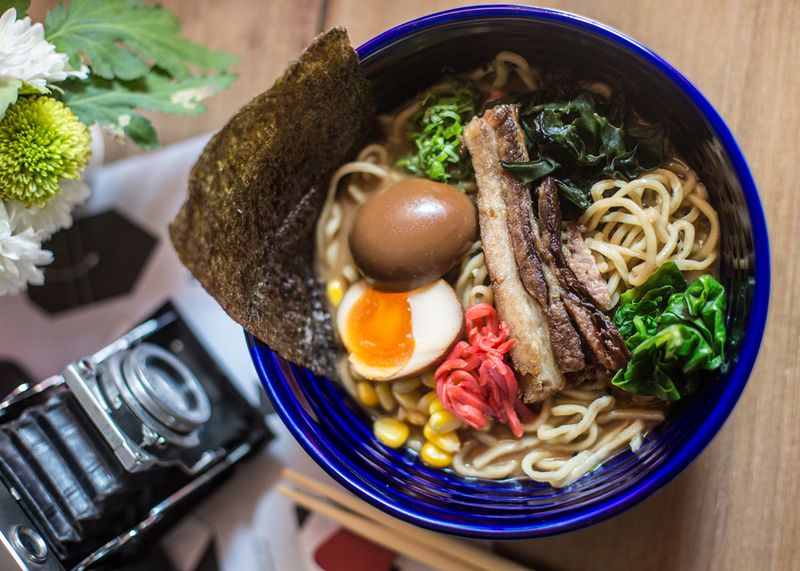
Ingredients for Japanese cuisine are primarily sourced through various means. Some restaurants import authentic Japanese ingredients to ensure the quality and authenticity of their dishes. Others opt for local or regional substitutes when suitable alternatives are available. Collaboration with local suppliers and markets also plays a role in sourcing fresh produce, seafood, and specific Japanese ingredients. Ankur Sahni, general manager, Kofuku Restaurant, Delhi says: “Japanese dishes are often low in sodium and renowned for their health benefits, making them an attractive choice for those seeking both taste and wellness. Japanese restaurants in India typically source their ingredients from a network of distributors and importers who specialise in providing the necessary authentic Japanese ingredients.” With the growing relationship between India and Japan, the imports are much easier and reliable than before. “Also, Japanese brands are now partnering with Indian counterparts to make availability easier. Most of the vegetable produce remains the same for both Indian and Japanese cuisine so that’s not much of a problem,” adds Saurabh Sharan, head chef, Guppy, Olive Group, Delhi.
Variety mix
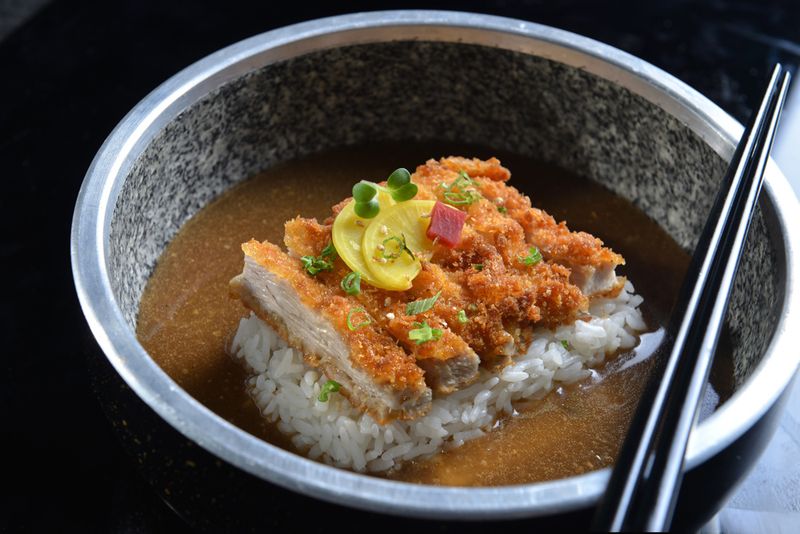
Japanese cuisine is also being presented in a modern and innovative way, moving beyond just sushi and ramen. Dishes like fried chicken karaage with karashi mustard and spicy tonkatsu sauce as well as crispy fried rock shrimp with spicy yuzu aioli represent the perfect blend of traditional Japanese flavours and contemporary culinary techniques. Hambagu (Japanese style hamburger), katsu-kare rice (cutlet curry and rice), and korokke (Japanese-style croquettes) are also popular. “This modern authenticity appeals to those looking for both familiarity and novelty in their dining experience. Our cocktails, reminiscent of those found in the best bars in Tokyo, such as Aliviar, further enhance the Japanese dining experience. The attention to detail, such as the bartender's meticulous preparation of a Martini, adds an element of artistry and sophistication to the meal,” explains chef David Myers, Adrift Kaya at JW Marriott Aerocity, Delhi. The beauty of the cuisine is in allowing the high-quality ingredients to shine. This is a fundamental principle which values the natural flavours and textures of ingredients. The simplicity and elegance of Japanese cooking and plating style are preserved, even as they add their own innovative touches.
Blending it in

The intrigue for Japanese food comes from its uniqueness and simplicity. Adwait Anantwar, head chef, INJA, Delhi—the world's first Indian Japanese fusion restaurant explains: “There are restaurants in India that are authentically Japanese, and then there are establishments that put their own spin on the cuisine. An Indian Japanese restaurant had not been explored before and we filled that gap by conceptualising dishes that paid homage to both Indian and Japanese cuisines.”
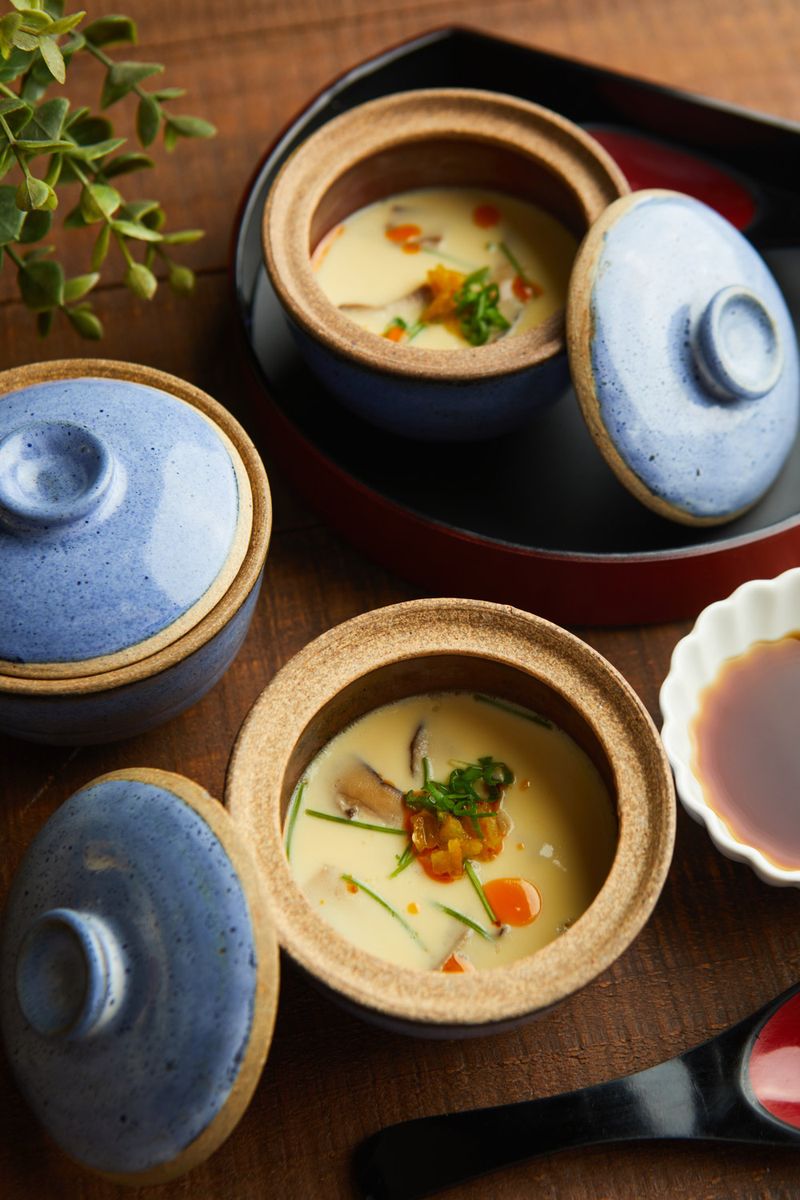
Ensuring that the food appeals to wider audiences, chefs naturally want to ensure that Japanese techniques and base recipes are kept intact by keeping the general palate in mind. Nooresha Kably, chef-owner of Izumi, Mumbai, explains: “For example, one of our most popular dishes is our hamachi truffle ponzu with wasabi jelly. We made the wasabi into a jelly as its popular in Japan and has an interesting aesthetic and texture; however, the reason why we have wasabi in this dish is because in Japan, raw fish is always accompanied with wasabi as it’s considered an antibacterial agent and adds a piquant flavour. Our ramen is an authentic recipe which I learnt while I was in Japan, and spice levels and ingredients are similar as used in Japan, which resonates with the local palate.” As chefs reimagine the dishes straddling the path between India and Japan, food aficionados have more to choose from and no one is complaining!


